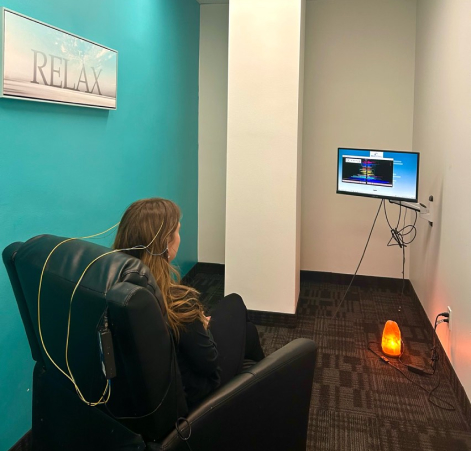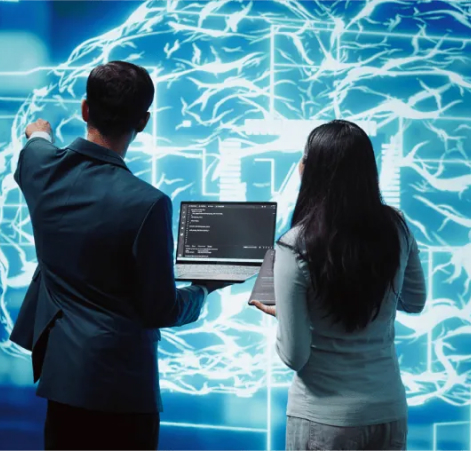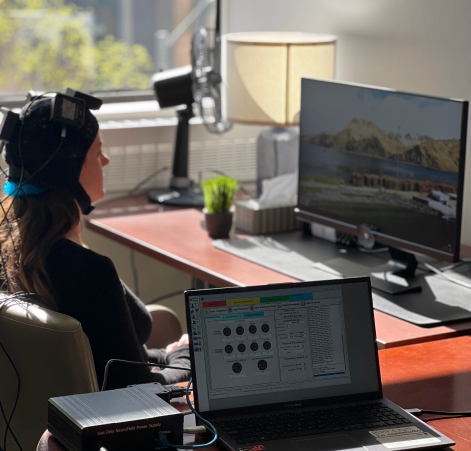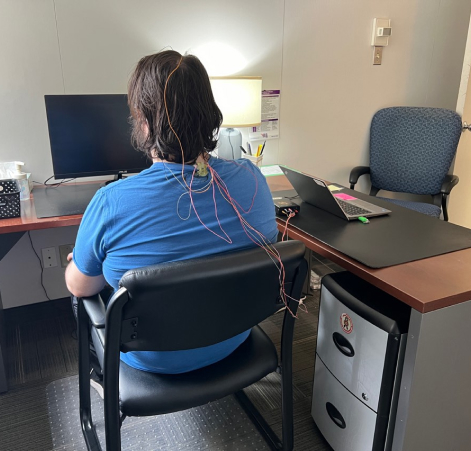At MindVista, we are committed to research and evidence-based practices. Stay up to date on the latest research in mental health and neurofeedback therapy.




Reiter, K., Andersen, S. B., Carlsson, J. (2016). Neurofeedback treatment and posttraumatic stress disorder: effectiveness of neurofeedback on posttraumatic stress disorder and the optimal choice of protocol. The Journal of Nervous and Mental Disease, 204(2), 69-77. doi: http://dx.doi.org/10.1097/NMD.0000000000000418
Our Goal is to Help You Feel Better by Providing Specialized Services.
Phone: (506) 357-0710
Email: adminlincoln@truenorthps.ca
Phone: (902) 439-7396
Email: adminpei@nuvistamentalhealth.ca
Phone: (613) 435-3055
Fax: (613) 435-7055
Email: adminkanata@nuvistamentalhealth.ca
Phone: (613) 435-3055
Fax: (613) 435-7055
Email: adminkanata@nuvistamentalhealth.ca
Phone: (416) 619-0238
Fax: (416) 848-7452
Email: admintoronto@nuvistamentalhealth.ca